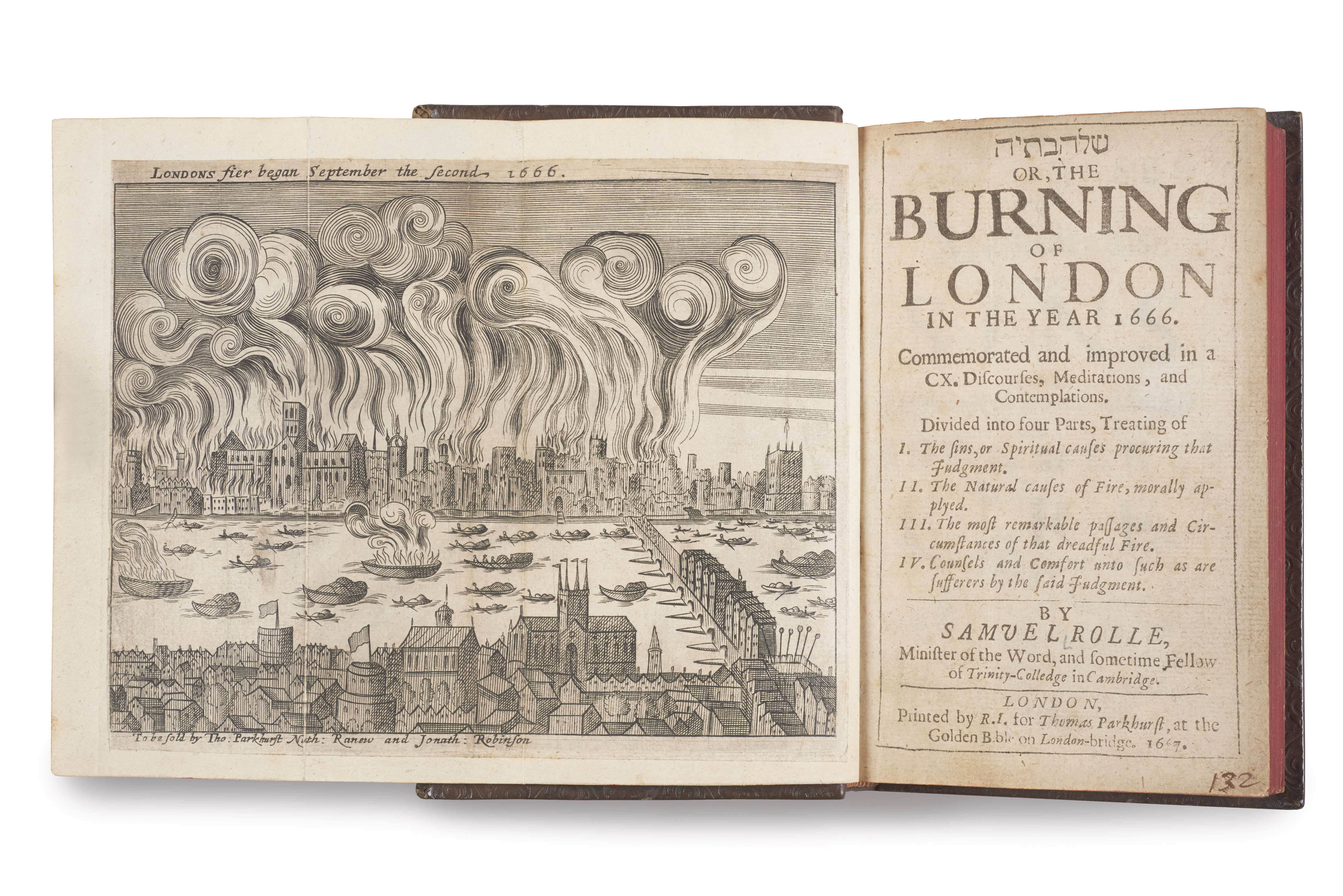On View
Blazing Exhibition Commemorates the 350th Anniversary of the Great Fire of London
Did you know that in 1666 London burned to the ground?

Did you know that in 1666 London burned to the ground?

Amah-Rose Abrams

Are you a history geek? You are in luck then. The interactive exhibition “Fire! Fire!” currently at the Museum of London, commemorates the 350th anniversary of the Great Fire of London, showing artifacts recovered from the fire itself and recreations of London at the time.
In 1666, the Great Fire destroyed the medieval City of London consuming 13,200 houses, 87 parish churches, and even St Paul’s Cathedral, as it raged for three days, from September 2 until September 5, destroying over 70,000 homes.
Despite the damage done, there are some stunning relics from the event, which are now on view at the museum, including a selection of items rescued from the fire as it raged, as well as objects unearthed by archaeologists from Pudding Lane, where the fire started at the bakery of Thomas Farriner (or Farynor).
![2 iron padlocks and 1 key melted together in a lump during the Great Fire of 1666. museum of London id BPL95[119] This image may be used free of charge for the purpose of promoting or reviewing the Museum of London exhibition ‘Fire! Fire!’ 2016-2017. All other uses must be cleared with the Museum of London picture library.](https://news.artnet.com/app/news-upload/2016/08/Burnt-padlocks-and-key-from-Botolph-Lane-c-Museum-of-London.jpg)
Two iron padlocks and one key melted together in a lump during the Great Fire of 1666. Photo courtesy of the Museum of London.
Also on view is a lock and key melted in the fire and a fragment of burnt china found at the bakery. Visitors will will even be able to examine items from the fire under microscopes.

Samuel Rolle was one of several people who wrote books about the Great Fire of London this volume is on view at the museum. Photo courtesy of the Museum of London.
The exhibition also explores the impact that the fire had on Londoners and on the City of London, which had to be completely rebuilt. Around 100,000 people were displaced by the fire, and visitors can enter a tent to admire the panorama of Wenceslaus Hollar depicting the destroyed city while listening to accounts from the fire recorded at the time.
The Great Fire, although it caused much destruction, is said to have killed only six people. This is disputed, however, by those who say the births of people living in poverty were not recorded, and that the fire could also have destroyed any remains of those who might have perished.
“Fire! Fire!” is on view at the Museum of London, from July 23, 2016-April 17, 2017.